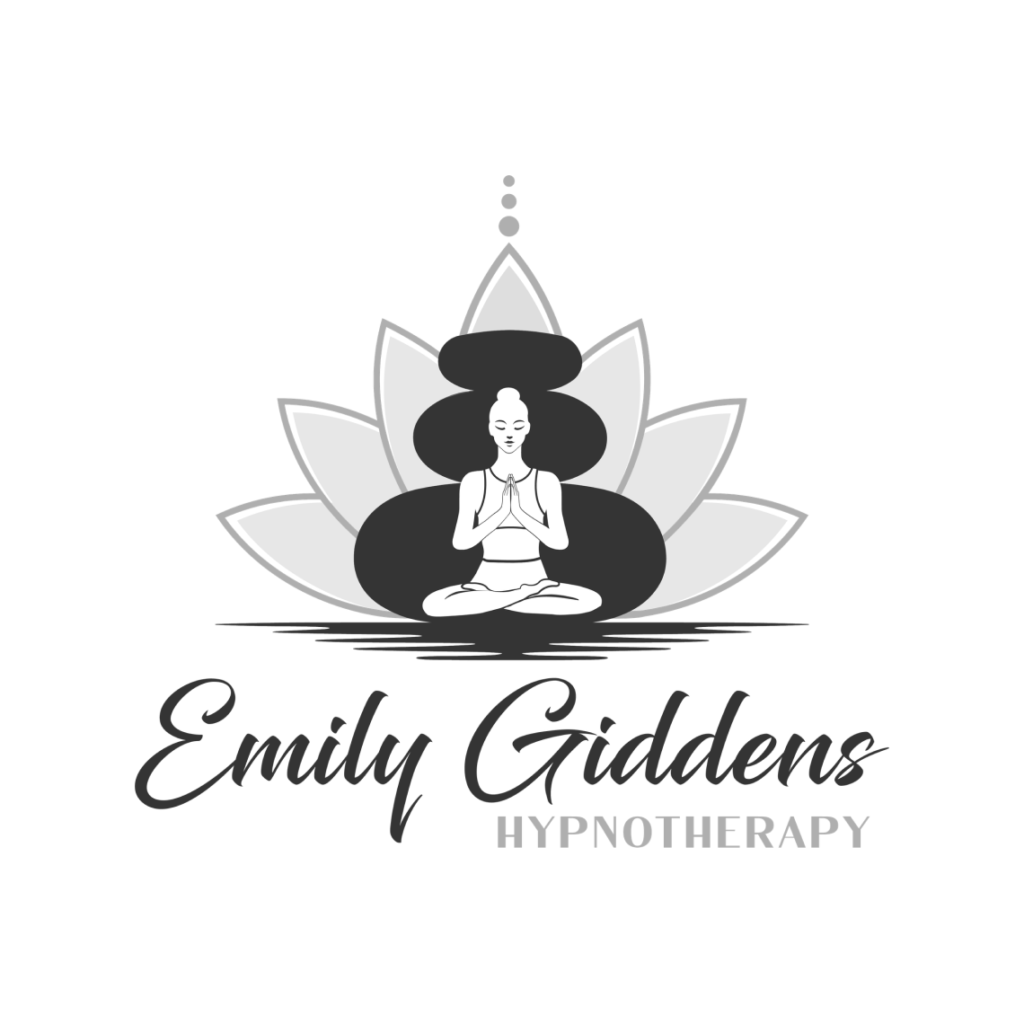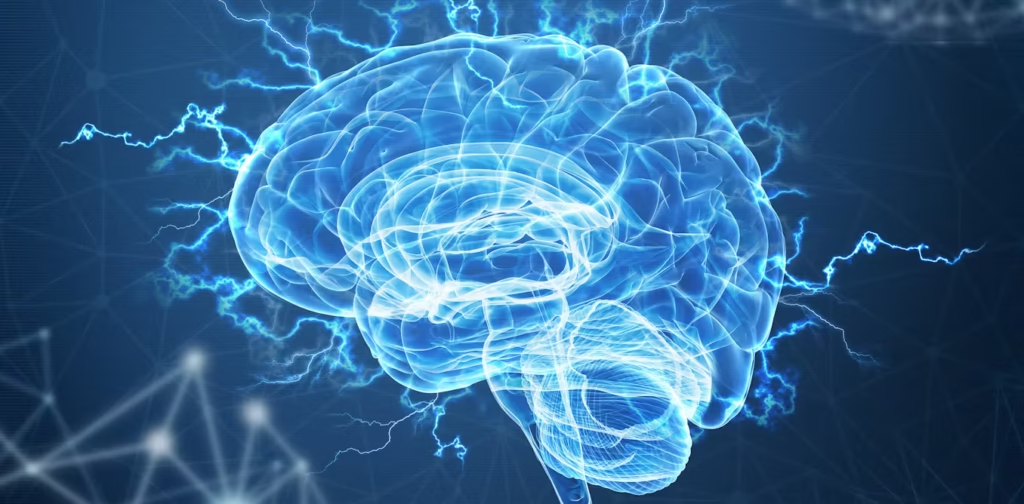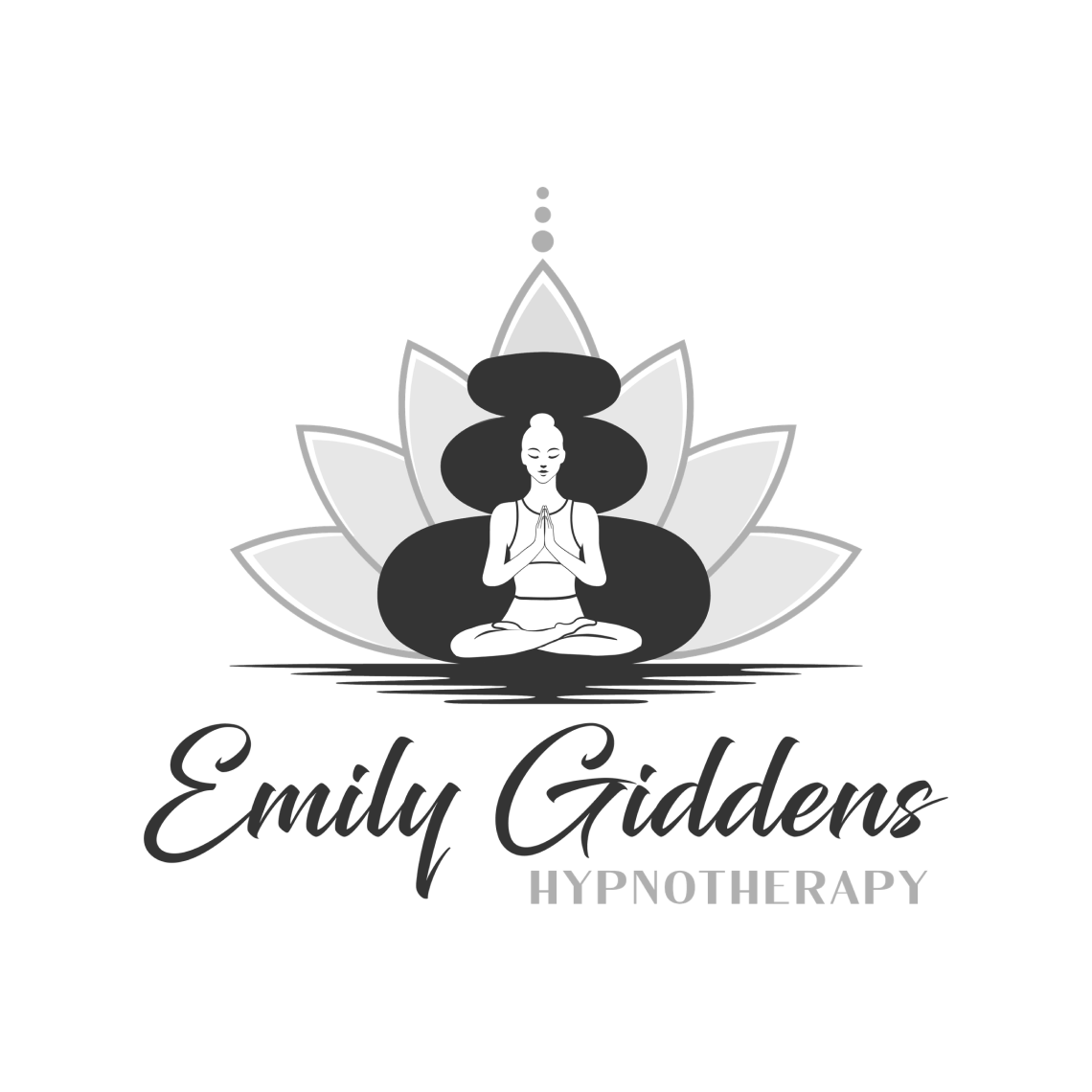From Fear to Freedom: How the Subconscious Stores and Releases Triggers
You’re laughing with a friend when suddenly, something shifts.
A comment lands wrong.
Your stomach tightens.
Your throat feels hot.
You smile on the outside, but inside, it’s chaos.
You don’t know why it’s happening — only that it’s happening fast.
This is what a trigger feels like. A split-second hijacking where your subconscious reacts as if the past is happening all over again. The event in front of you might be small or even harmless, but your body doesn’t care — it’s already mobilized for defense.
You might not realize it, but your subconscious is running the show far more than your conscious mind. Studies estimate it drives up to 95% of your thoughts, feelings, and actions — including the ones that seem to “come out of nowhere.”
The good news? The same subconscious mind that stores your triggers also holds the key to releasing them.
How the Subconscious Mind Stores Emotional Triggers
Your subconscious is like the world’s most advanced hard drive. It doesn’t just store facts — it stores feelings, sensations, and impressions.
Here’s how triggers are created:
- A Highly Charged Moment Occurs
This could be a single event or a repeated experience over time. The subconscious marks it as important for survival. - Sensory Details Get Tagged as “Danger Cues”
A certain tone of voice, facial expression, or even a smell can become permanently linked to that emotional state. - Automatic Protective Response
When something in your present resembles the past, your subconscious sends the same danger signal — long before your rational mind can weigh in.
As Dr. Bessel van der Kolk writes in The Body Keeps the Score,
“Trauma is not just an event that took place sometime in the past; it is also the imprint left by that experience on mind, brain, and body.”
This is why sensory details — a voice, a smell, a facial expression — can instantly transport you back into an emotional state.
The Brain’s Trigger Pathway — A Quick Breakdown
- Amygdala: Serves as the brain’s alarm system, instantly scanning for potential threats. It’s always on, even when you’re relaxed, and it reacts in milliseconds — far faster than conscious thought.
- Hippocampus: Retrieves the “matching” memory file for the current moment. It plays a role in both conscious recollection and unconscious (implicit) memory processing — meaning it can activate old emotional patterns without you ever recalling the actual event (PMC).
- Prefrontal Cortex: This is your brain’s voice of reason, tasked with analyzing and deciding how to respond. Unfortunately, it’s slower to engage than the amygdala, which means the emotional surge often arrives before logic can weigh in.
This is why your body can go into a stress response even when you can’t consciously connect it to anything in your past — the subconscious is pulling from stored sensory and emotional data, not from a clear, verbal memory.
Why Triggers Feel Bigger Than They “Should”
A trigger is not “just in your head.” It’s a full-body reaction. The nervous system flips into fight, flight, or freeze mode, flooding you with adrenaline and altering your breathing and heart rate.
Because the subconscious is designed to respond faster than your conscious thinking, by the time you ask yourself, Why am I reacting like this?, your body has already committed to the reaction.
“We are more often frightened than hurt; and we suffer more from imagination than from reality.” — Seneca
State-Dependent Memories
Some fear memories are state-dependent — meaning they can remain hidden from conscious recall until you’re in a similar emotional or physiological state as when the memory was formed.
Imagine walking into a coffee shop and feeling a sudden tightness in your chest. You glance around — nothing seems wrong — yet your body insists something is off. It’s not the coffee shop. It’s the way the barista’s tone matches someone from your past.
When that “matching” state occurs, the body can react instantly, flooding you with the same emotional and physical sensations from the past, long before your conscious mind understands what’s happening (Northwestern University News Center).
Even when you’re not consciously recalling a memory, your body can still respond as if it’s happening right now.
Further reading: Psychology Today explores how these hidden memories, even without conscious access, can continue to shape thoughts, decisions, and emotional reactions in everyday life.
Dual Representation Theory
Dual Representation Theory expands on this understanding. It proposes that traumatic memories are stored in two separate systems: the verbally accessible memory (VAM) system, which is conscious, logical, and narrative-based, and the situationally accessible memory (SAM) system, which is sensory, emotional, and often unconscious.
In daily life, these systems work together — but in the aftermath of trauma, they can become disconnected. When the SAM is triggered without the VAM’s context, it can feel as though the past event is happening again in real time, with all of its emotional and physical intensity, but without a conscious narrative to explain it. This is why triggers can feel so sudden and overwhelming (ScienceDirect).
Mark Wolynn, in It Didn’t Start With You, expands on this idea from an intergenerational perspective:
“Traumas that are not resolved are often passed to the next generation.”
Some of the emotional patterns we carry may not have originated with us — but they still live in the subconscious and can be triggered in the present.
Research also shows that unconscious influences are flexible, complex, and actively shape judgments and behavior — even “before reflection” — challenging the idea that the subconscious is static or primitive (PMC).
“The adaptive unconscious is quick, emotion-driven, and survival-focused — it will always move before reflection.” — Paraphrase of Timothy D. Wilson
How the Subconscious Releases Triggers
Releasing a trigger is not about erasing a memory — it’s about changing the way the mind and body respond to it.
When you revisit a triggering memory in a safe, supported state — such as during hypnotherapy — the subconscious is given the opportunity to reprocess it with new information:
- Safety Signals Replace Danger Cues
The subconscious learns that the situation is no longer dangerous. It updates the “file” so the sights, sounds, and feelings once tied to fear are now linked to calm and neutrality. - Integration of Memory Systems
The sensory/emotional part of the memory (SAM) reconnects with the logical, narrative part (VAM). This allows you to recall the event without reliving its emotional intensity. - Dissolving the Emotional Charge
As the nervous system recognizes the absence of present danger, the body stops producing the adrenaline-fueled stress response when similar cues appear in the future.
This process is why people often find that situations which once triggered them start to feel neutral, or even completely unremarkable — the subconscious has literally rewritten the way it interprets the experience.
The 3 Stages of Emotional Liberation
Releasing triggers at the subconscious level means retraining your mind to stop sending outdated danger signals. The process moves through three stages:
- Awareness – You begin to notice the trigger as it’s happening — without self-judgment.
- Access – You create a safe environment, often through hypnotherapy, to connect with the root event without re-traumatizing yourself.
- Reprogramming – You give the subconscious new instructions, linking the old memory to feelings of safety, strength, or self-worth instead of fear or shame.
Hypnotherapy for Trigger Release
Hypnotherapy works by bypassing the conscious filters and speaking directly to the part of your mind that’s been running the old reaction.
In a session, you might:
- Enter a state of relaxed, focused awareness — fully present, but deeply at ease.
- Identify the Origin Event — without reliving it in a harmful way.
- Reframe the Experience — often by offering compassion to your younger self or seeing the situation from a new angle.
- Install New Emotional Responses — so present-day situations no longer activate the old pattern.
“I didn’t even realize how much energy I was wasting on avoiding my triggers until they were gone.” – Anonymous Hypnotherapy Client
A Before-and-After Transformation
Before:
- Avoided conflict at all costs
- Felt tense for hours or days after a trigger
- Replayed conversations endlessly, searching for what went wrong
After:
- Speaks calmly in moments that once caused shutdown
- Recovers emotional balance within minutes
- Sleeps peacefully without replaying the past
That’s the shift from fear to freedom — the trigger may still happen, but it no longer controls your response.
Practical Tools to Calm a Trigger in the Moment
While subconscious work creates lasting change, you can support yourself daily with these practices:
- Name It – Silently tell yourself: This is a memory, not a threat.
- Breathe with Intention – Use the 4-7-8 breath: Inhale for 4, hold for 7, exhale for 8.
- Ground Through Sensation – Feel your feet on the floor, your hands resting in your lap, or the temperature of the air around you.
- Affirm Safety –
- I am safe now.
- The past is over; I am here in this moment.
- I choose my response.
Why Emotional Liberation Feels Lighter Than Suppression
Suppression is like stuffing a closet with clutter — it looks fine from the outside until the door bursts open. Liberation is cleaning the closet completely.
When a trigger is released at the subconscious level, you don’t have to “manage” it anymore — it simply no longer has power over you.
The Ripple Effect of Emotional Freedom
When you release triggers, the changes ripple through every part of life:
- Relationships: Less defensiveness, more genuine connection
- Self-Confidence: Trusting yourself to handle challenges with clarity
- Peace of Mind: Fewer emotional spikes, more stability
Energy: No longer drained by old emotional battles
Your Next Step Toward Freedom
Step into a calmer, freer version of yourself — one where the past no longer pulls the strings. Hypnotherapy offers a safe, guided process to help you:
- Identify the root of your triggers
- Release them at the subconscious level
- Build new, empowering responses
Imagine stepping into a conversation that once made you shrink — and standing tall instead. Imagine living your days without the constant background noise of old fears.
That’s emotional liberation. That’s freedom.



